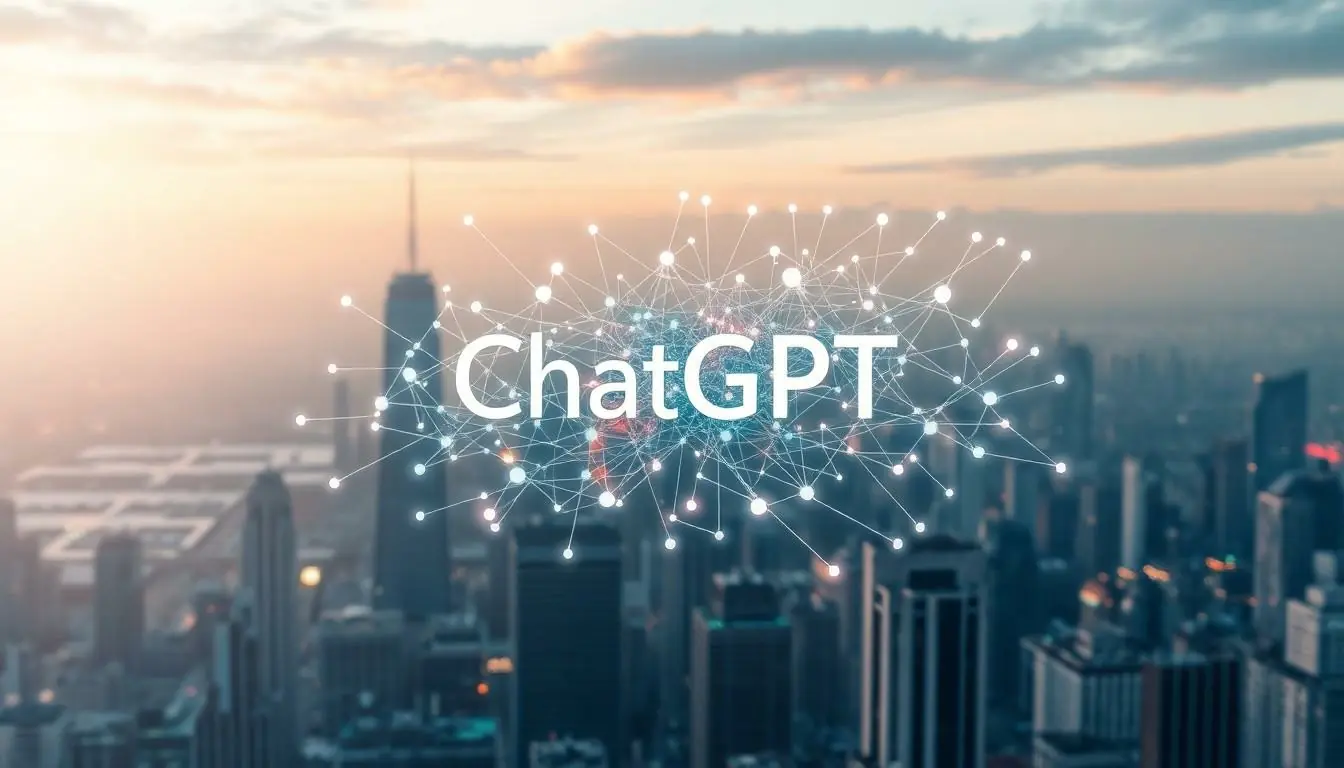Table of Contents
ToggleIn a world where chatbots often sound like they’ve just swallowed a dictionary, ChatGPT burst onto the scene like a breath of fresh air—or maybe a witty friend who’s had one too many cups of coffee. But where did this linguistic marvel come from? It’s not just some random algorithm that decided to have a chat; it hails from the innovative minds at OpenAI, a research organization dedicated to making artificial intelligence both useful and, dare we say, a little charming.
As the digital landscape evolves, understanding the origins of ChatGPT offers a peek behind the curtain of AI development. From its humble beginnings to its current prowess, this tool has transformed the way we interact with technology. So buckle up for a journey through the fascinating backstory of ChatGPT, where science meets a sprinkle of humor and a dash of genius.
Understanding ChatGPT
ChatGPT originated from OpenAI’s mission to enhance human-computer interaction. This chatbot represents a significant evolution in AI conversational models.
What Is ChatGPT?
ChatGPT is a sophisticated AI language model designed for generating human-like text. Based on the GPT architecture, it utilizes deep learning techniques to understand and produce coherent responses. Users engage with ChatGPT through conversational prompts, while the model analyzes context and delivers relevant information. It serves various applications, including customer support, content creation, and educational tools. With its capacity for understanding complex queries, ChatGPT aims to provide a seamless interaction experience.
Key Features of ChatGPT
ChatGPT exhibits several notable features enhancing its functionality. It supports a wide range of topics, ensuring users receive information across diverse subjects. Comprehension of context plays a crucial role in its responsiveness, allowing for tailored answers. Adaptability to different conversational styles permits a more personalized interaction. Multimodal capabilities enable it to process both text and graphical inputs for richer engagement. Improved safety measures help mitigate inappropriate content generation, fostering a positive experience for users.
The Origins of ChatGPT

ChatGPT emerged from innovative advancements in artificial intelligence, designed specifically for enhancing human-computer communication.
The Development of GPT Models
Development of GPT models began with the release of GPT-1 in 2018 by OpenAI. This initial model set the foundation for subsequent iterations, showcasing the potential of transformer architecture. Building upon this, GPT-2 arrived in 2019, boasting 1.5 billion parameters and demonstrating remarkable text generation abilities. In 2020, GPT-3 launched with 175 billion parameters, significantly improving performance and context comprehension. Innovations in training techniques and datasets contributed to increasingly sophisticated conversational capabilities. Each version improved on the last, ensuring better quality interactions.
The Role of OpenAI
OpenAI has played a pivotal role in advancing AI research and development. Founded in December 2015, the organization prioritizes creating beneficial AI technologies. They pioneered models such as ChatGPT, emphasizing user engagement and accessibility. OpenAI’s commitment extends to safety measures designed to mitigate risks associated with AI deployment. Ensuring responsible usage of ChatGPT reflects OpenAI’s mission to promote positive interactions while enhancing productivity across numerous fields. Additionally, collaborative efforts with the research community drive further advancements in AI, making it a leader in ethical AI development.
Historical Context
ChatGPT emerged as a notable development in AI, shaped by prior research and key advancements in the field. Understanding the evolution leading to ChatGPT reveals its significance in artificial intelligence.
AI Research Before ChatGPT
Research into artificial intelligence has deep roots, dating back to the 1950s. Significant breakthroughs in natural language processing, machine learning and neural networks paved the way for modern AI applications. Early models, such as ELIZA and AARON, demonstrated the capability of computers to engage in simple human-like conversations. They laid crucial groundwork for subsequent advancements, utilizing basic algorithms. The introduction of deep learning in the 2000s marked a turning point, enabling models to analyze vast amounts of data. This shift helped foster developments that ultimately contributed to the creation of ChatGPT.
Major Milestones in AI Development
Throughout the last few decades, notable milestones occurred in artificial intelligence. The release of AlexNet in 2012 revolutionized image recognition through deep learning techniques. In 2014, Google’s introduction of the Sequence-to-Sequence learning model allowed for substantial progress in translation tasks. The launch of GPT-1 in 2018 represented a significant step in language models, followed by GPT-2’s impressive capabilities in 2019. The arrival of GPT-3 in 2020 showcased a remarkable leap, featuring 175 billion parameters and dramatically enhancing text generation. Each milestone illustrates a progressive improvement in AI’s ability to understand and generate language, setting the stage for ChatGPT’s success.
The Impact of ChatGPT
ChatGPT significantly influences various sectors by enhancing communication and efficiency.
Applications of ChatGPT
ChatGPT serves multiple purposes across industries. Businesses use it for customer support, providing immediate assistance to inquiries. Educators find it valuable for creating study material and facilitating interactive learning experiences. Content creators utilize its text generation abilities for articles, blogs, and scripts. Developers integrate it into applications, enabling advanced user interaction. Mental health professionals adopt it for therapeutic conversations, offering a non-judgmental space for users. The adaptability of ChatGPT allows it to cater to diverse needs, making it a versatile tool for innovation.
The Future of AI Conversational Agents
AI conversational agents are poised for further evolution thanks to advancements in machine learning. Future iterations of ChatGPT may demonstrate even greater contextual understanding, enabling nuanced conversations. Enhanced personalization features are likely to provide tailored interactions, improving user satisfaction. Multimodal capabilities could emerge, allowing seamless integration of text, video, and audio content. As AI ethics gain prominence, developers will prioritize responsible usage and safety measures. The trajectory of AI conversational agents suggests more impactful applications across everyday life, transforming how humans interact with technology.
ChatGPT stands as a testament to the remarkable journey of AI development. Its origins reflect a blend of innovation and creativity that has reshaped human-computer interaction. As it continues to evolve, ChatGPT not only enhances communication but also opens doors to new possibilities across various sectors.
The future promises even greater advancements in AI conversational agents, with a focus on ethical considerations and improved user experiences. As technology progresses, ChatGPT will undoubtedly play a pivotal role in transforming how individuals engage with and benefit from AI.





